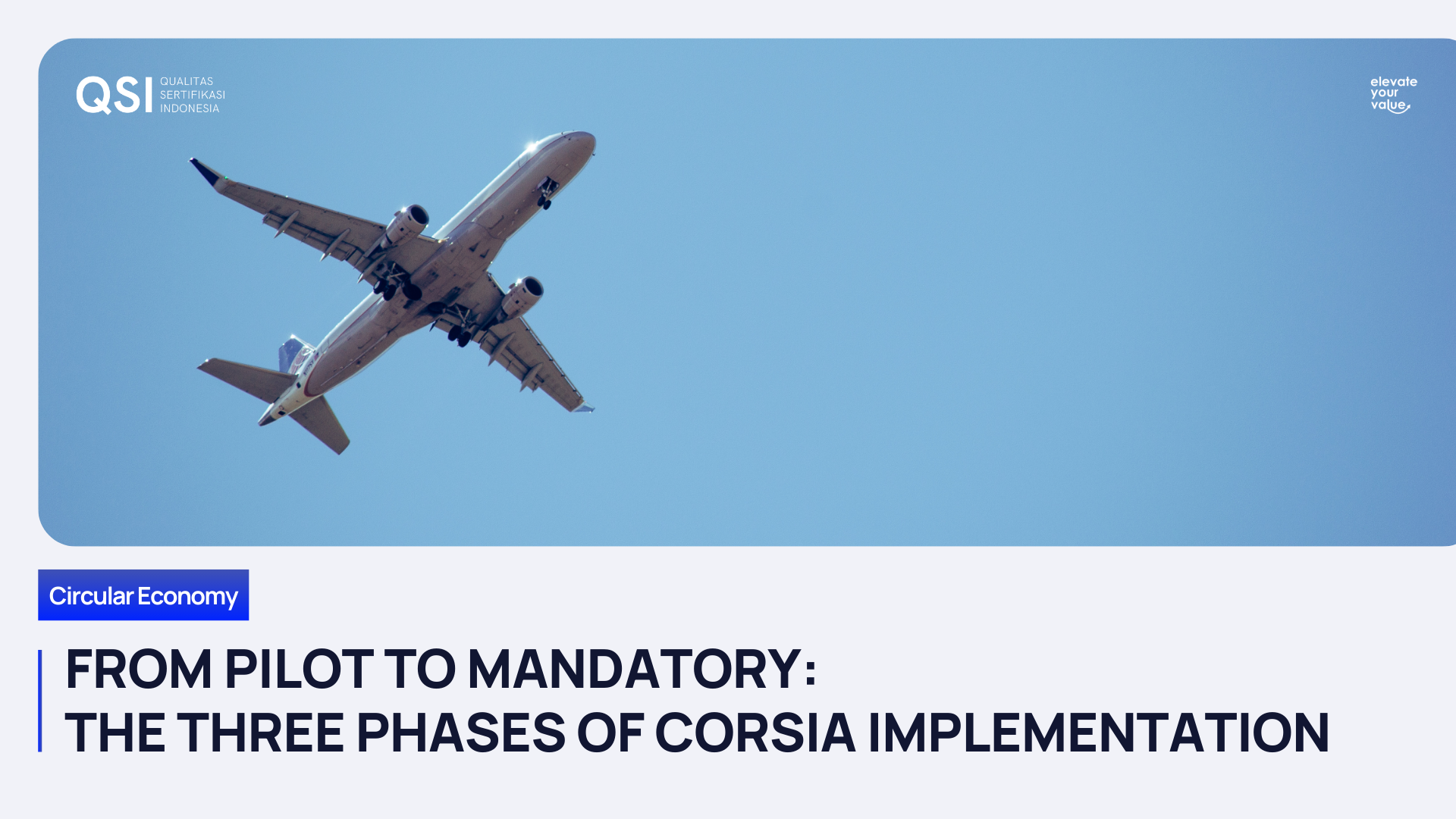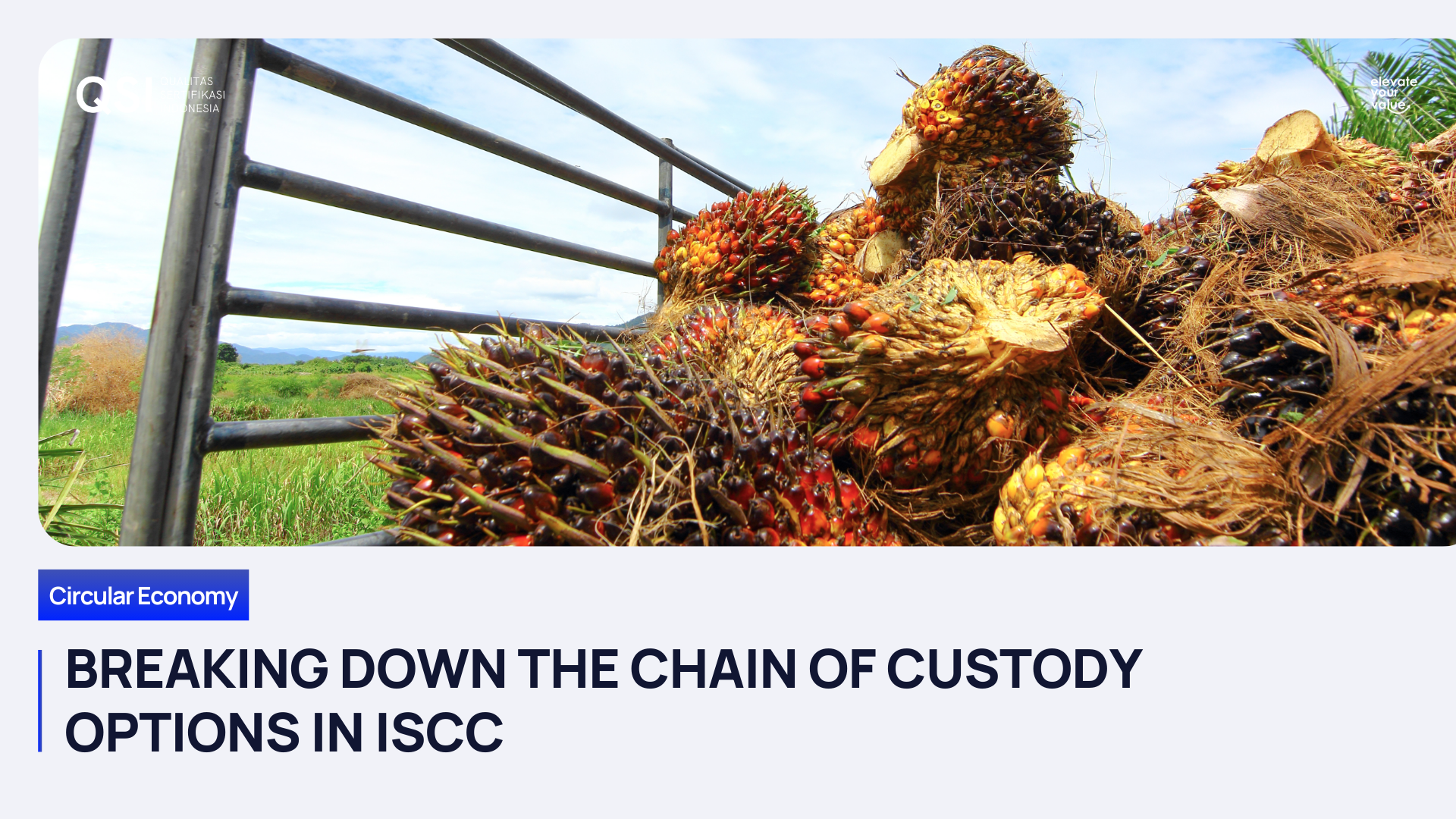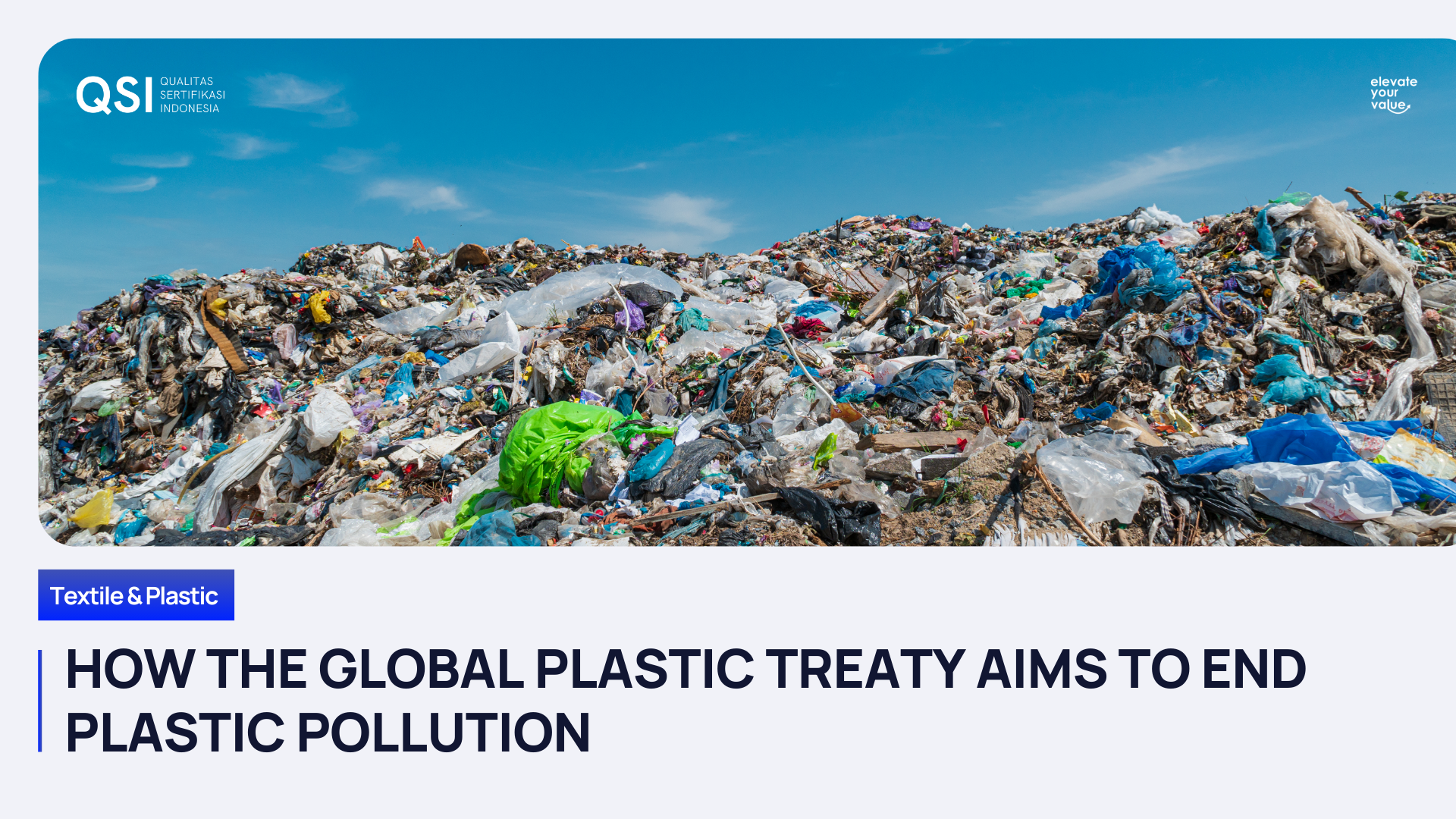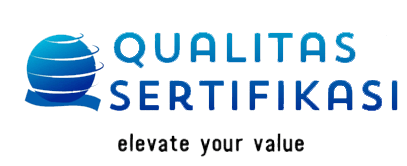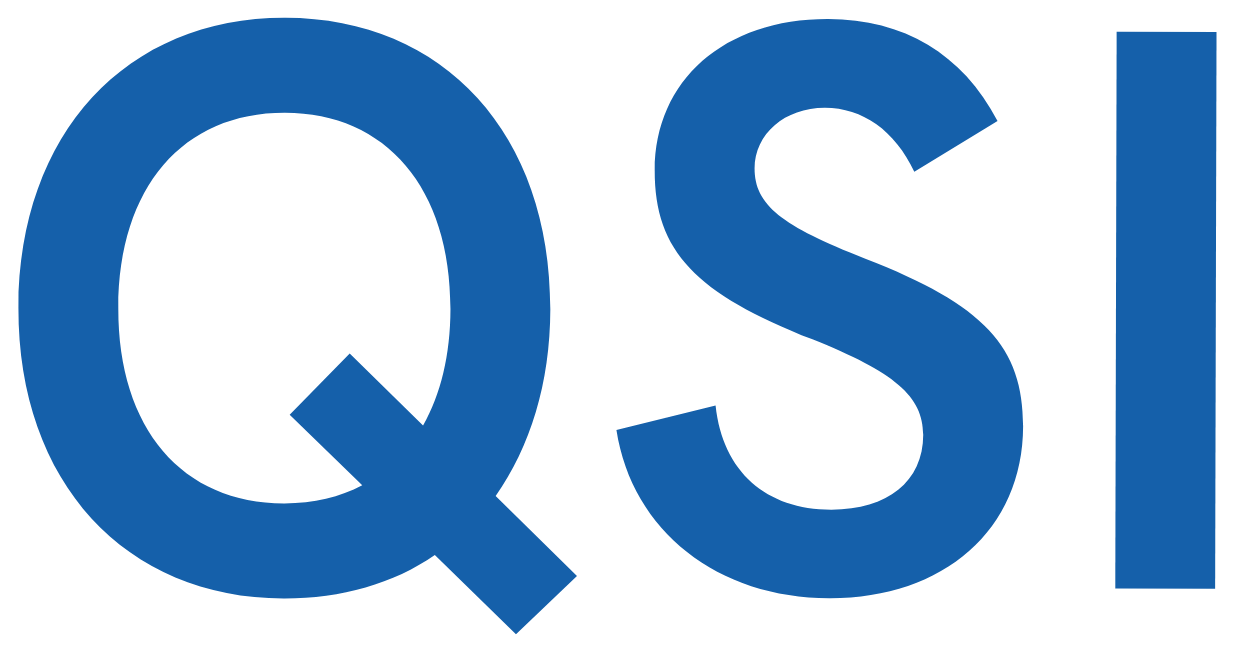Kawasan Hutan Hujan Tropis Indonesia dan Ancaman yang Mengintai
Kawasan Hutan Hujan Tropis Indonesia menempati urutan ketiga terbesar di dunia setelah Brazil dan Republik Demokratik Kongo1. Hutan hujan tropis merupakan sebuah keistimewaan yang tidak dimiliki oleh setiap negara merdeka di bumi ini. Keajaiban tata letak pada sekitar garis khatulistiwa menjadikan hutan hujan tropis sebagai rumah untuk setengah spesies flora dan fauna di seluruh dunia. Hutan hujan tropis juga dijuluki sebagai "farmasi terbesar dunia" karena hampir 1/4 obat modern berasal dari tumbuhan di hutan hujan ini. Ajaib bukan Indonesia dengan potensi hutan hujan tropis nya?

Hutan Hujan Tropis (Photo by Jeremy Zero on Unsplash)
Hamparan luas hutan hujan tropis yang mendominasi pulau besar Indonesia seperti Sumatera, Kalimantan, Sulawesi, dan Papua telah menjadikan Indonesia sebagai salah satu surga makhluk hidup dengan keragaman yang jauh melampaui Amerika dan Afrika. Tidak hanya sekadar untuk flora dan fauna, tetapi juga untuk penduduk asli dan masyarakat adat yang hidup berdampingan dengan alam di kedalaman hutan hujan tropis.
Hutan hujan tak hanya memberikan kehidupan bagi makhluk yang menempatinya secara langsung. Layanan ekologis yang diberikan oleh hutan hujan merupakan salah satu penjaga kelangsungan ibu bumi. Layanan ekologis ini merupakan salah satu pilar yang menjaga keseimbangan bumi hingga detik ini. Hal ini, termasuk menyimpan ratusan milyar ton karbon, melindungi dari banjir dan kekeringan, menstabilkan tanah, mempengaruhi pola curah hujan, dan menyediakan rumah bagi satwa liar.
Hutan tropis sendiri mampu memproduksi oksigen atas 25-30 persen dari perputaran oksigen dunia dan menyimpan karbon sekitar 229-247 milyar ton karbon melalui fotosintesis; ia mempengaruhi pola curah hujan dan cuaca; siklus banjir dan kekeringan yang moderat; dan memfasilitasi siklus nutrisi; lebih tinggi daripada ekosistem lain. Karena terletak di daerah tropis, ia menerima banyak sinar matahari yang dikonversi menjadi energi oleh tanaman melalui proses fotosintesis.
Hutan hujan juga merupakan sumber dari banyak produk yang bermanfaat di mana masyarakat lokal bergantung pada hal tersebut. Dalam mencukupi pemenuhan kebutuhan hidup sehari-hari untuk makan dan minum, masih banyak masyarakat yang mengandalkan dari hasil hutan. Tidak hanya kebutuhan untuk makan dan minum tetapi juga hasil alam yang berlebih dimanfaatkan untuk proses yang memberikan keuntungan ekonomi secukupnya. Masyarakat yang hidup dengan alam memiliki cara yang berbalut dalam tradisi dan budaya untuk bisa menjaga kehidupan hutan lestari tanpa merusak mengambil secara berlebih terhadap apa yang telah diberikan oleh alam. Pemanfaatan hasil bumi oleh penduduk lokal telah menjadi salah satu jalan hidup dan diwariskan secara turun-temurun dari satu generasi ke generasi berikutnya.
Namun hal ini telah menjadi sebuah gambaran yang sedikit banyak berubah seiring dengan perkembangan zaman dan kehidupan yang serba cepat. Sentuhan teknologi, kebutuhan akan tempat tinggal yang terus meningkat dan kurangnya kesadaran manusia untuk hidup berkelanjutan dan selaras alam telah menggerogoti sedikit demi sedikit kawasan hutan hujan tropis di pulau besar Indonesia.
Praktik penebangan liar juga menjadi salah satu ancaman yang terus menjadikan kawasan hutan hujan Indonesia terancam. Ancaman lain yang juga tak kalah serius adalah deforestasi. Kegiatan yang dengan sengaja mengubah bentuk dan fungsi hutan untuk dialihkan menjadi wilayah pertanian, peternakan, atau menjadi perkotaan ini terus menjadi momok yang mengintai sisa kawasan hutan hujan di Indoneisa. Deforestasi tahunan Indonesia pernah mencapai lebih dari 3,5 juta hektare dalam periode 1996 hingga 2000. Angka ini terus mengalami kenaikan dalam 20 tahun terakhir.
Ilustrasi kebakaran hutan (Photo by Matt Palmer on Unsplash)
Berbagai kebijakan juga telah dilakukan untuk mengantisipasi keadaan darurat terhadap kondisi hutan hujan di Indonesia. Kebijakan Presiden Jokowi, seperti pengelolaan kebakaran hutan dan lahan (karhutla) melalui perbaikan peringatan dini dan antisipasi, dan mitigasi. Selain itu, dilakukan pengelolaan lahan gambut melalui moratorium izin baru dan pemanfaatan secara tepat lahan gambut serta pengaturan muka air tanah dengan teknik hidrologi. Upaya lainnya melalui penegakan hukum terhadap kegiatan ilegal, termasuk penerapan efektif Sistem Jaminan Legalitas Hutan Indonesia yang dikenal sebagai Sistem Verifikasi Legalitas Kayu.
Sistem Verifikasi Legalitas Kayu (SVLK) merupakan salah satu penawaran yang diberikan oleh QSI Indonesia. QSI sebagai sebuah badan sertifikasi yang memiliki semangat untuk menjaga kelestarian hutan Indonesia memberikan angin segar untuk mengajak masyarakat terlibat lebih dalam dan sadar terhadap pilihan yang bisa kita ciptakan terhadap kondisi hutan Indonesia.
Source :
